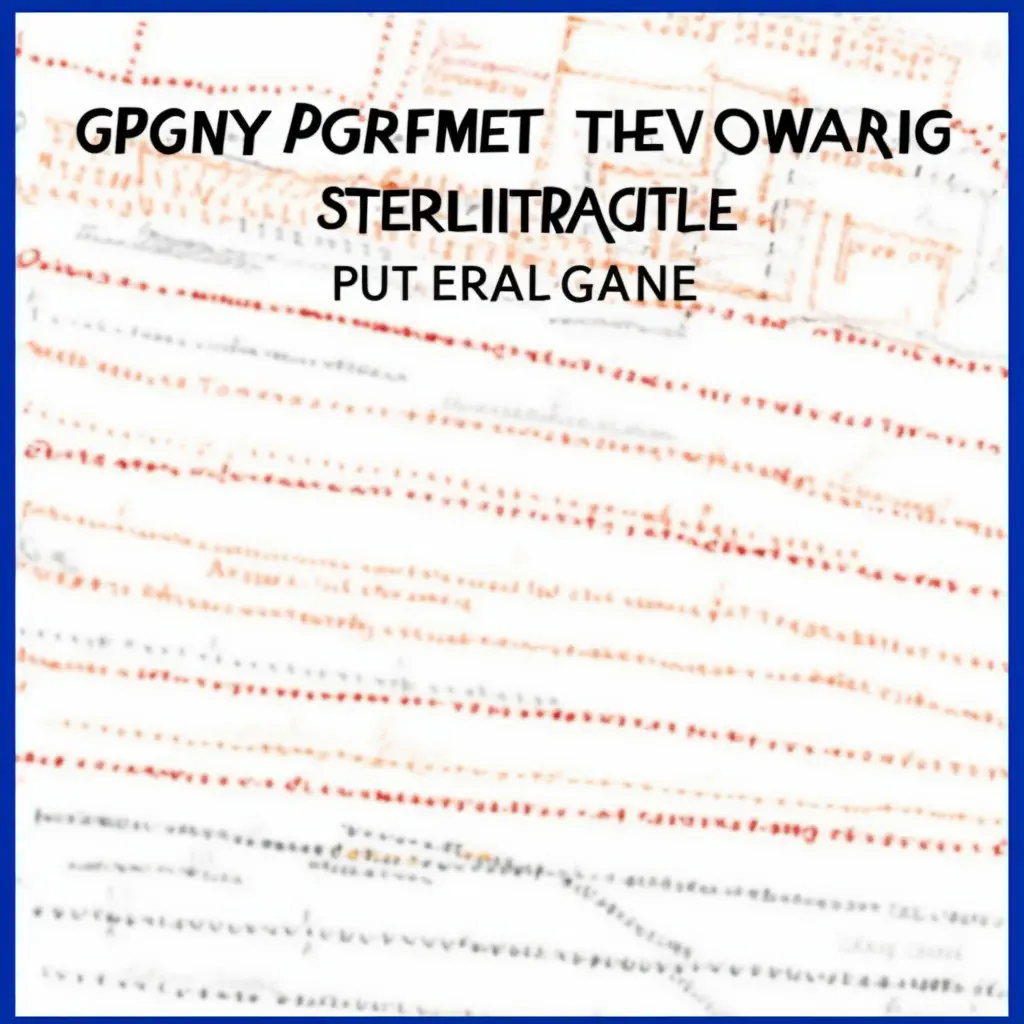
1. Time Blocking
One of the most popular controversial planning strategies is time blocking. Time blocking involves dedicating specific blocks of time to certain tasks or activities. Rather than having a to-do list that spans the whole day, you divide your day into manageable, focused chunks.
This strategy might seem rigid for some, but many people find it helpful for maintaining focus, minimizing distractions, and increasing productivity. By allocating time for specific tasks, it’s easier to manage your workload and avoid feeling overwhelmed.
To get started with time blocking, you can use a digital calendar app or a planner to schedule your tasks. Assign a set amount of time to each task and aim to stick to your schedule as much as possible. Don’t forget to factor in breaks between tasks to prevent burnout.
Another benefit of time blocking is that it allows you to set realistic expectations for your day. By assigning a certain amount of time to each task, you can gauge how much you can realistically accomplish in a day. This helps to avoid overloading yourself with too many tasks and becoming demotivated.
However, time blocking might not work for everyone. Some people might find it too rigid and prefer a more flexible approach to their workday. It’s essential to experiment with different planning strategies and find what works best for you.
2. Single-Tasking
Multitasking has received a lot of attention as a way to accomplish more tasks in less time. However, research has shown that multitasking can actually reduce productivity and increase stress levels. Single-tasking requires individuals to focus on one task at a time, rather than dividing their attention between multiple tasks.
One of the benefits of single-tasking is that it allows individuals to work on tasks more efficiently. When you focus on one task at a time, you can give it your full attention and complete it more quickly. Additionally, single-tasking can help to reduce mental fatigue and increase your ability to concentrate over longer periods.
Single-tasking also allows you to prioritize your tasks more effectively. By focusing on one task at a time, you can identify which tasks are most important and complete them first. You can also break down larger tasks into smaller, more manageable parts, which can make them easier to complete.
While single-tasking is a beneficial strategy to consider, it can take some time to adjust to this new way of working. To successfully single-task, it is important to eliminate distractions, such as email notifications or phone calls, and to work in a designated workspace where you can concentrate without interruption.
Incorporating single-tasking into your planning process can help to increase productivity, reduce stress, and improve your ability to focus. Give it a try and see how it works for you!
3. Strategic Procrastination
Strategic procrastination is a controversial planning strategy that involves putting off non-essential tasks to focus on more important ones. It may seem counterintuitive to put off tasks when planning, but this approach allows you to prioritize your tasks based on urgency and importance.
The Benefits of Strategic Procrastination
Some of the benefits of strategic procrastination include:
Prioritization of Tasks
Procrastination allows you to determine which tasks require your immediate attention. You can focus on the high-priority tasks that cannot be delayed. By putting off the non-essential tasks, you can manage your workload more efficiently.
Increase in Creativity
Procrastination can also enhance your creativity. When you put off a task, your mind continues to work on it unconsciously. This process allows your brain to come up with fresh ideas and solutions.
Decrease in Stress Levels
Strategic procrastination can lower your stress levels. When you are organized and focused on the most important tasks at hand, you have less stress about missing deadlines and completing all your tasks.
Motivation Boost
Procrastination can be an effective way to recharge your motivation. Giving yourself some time to think and relax can replenish your energy levels and make you more motivated to tackle your tasks.
Tips to Use Strategic Procrastination Effectively
Using strategic procrastination effectively means having clear priorities and sticking to them. Here are some tips to help you use this strategy:
Create a Task List
Having a list of tasks to complete can help you prioritize your tasks easily. Creating a task list allows you to determine which tasks are essential and which ones can wait.
Set Deadlines
Setting deadlines can ensure that you complete the most critical tasks on time. Deadlines help you structure your day and force you to stick to your task list.
Use Technology
There are task management tools available that can help you prioritize your tasks and manage your workload more effectively. Platforms such as Asana and Trello can be helpful in prioritizing and tracking your tasks.
Stick to Your Plan
Once you have identified the most important tasks, stick to your plan and prioritize them. Procrastination can be tempting when you want to delay difficult tasks, but it is important to remember that putting off essential work can lead to missed deadlines.
Strategic procrastination can be a controversial planning strategy, but it can also be an effective way to prioritize your tasks and manage your workload more effectively. Combining this strategy with other planning techniques can help you achieve your goals and boost your productivity.
4. Incorporating Breaks
In our fast-paced world, taking breaks seems like a waste of time. However, incorporating regular breaks into your schedule is vital for productivity. Studies show that taking short breaks throughout the day improves focus, creativity, and reduces stress levels.
The Benefits of Taking Breaks
-
Refreshes the Mind: Taking a break allows your mind to rest and recharge, increasing concentration levels.
-
Reduces Stress: Continuously working without a break can lead to burnout and increased stress levels.
-
Encourages Creativity: Stepping away from a task can give you a fresh perspective, leading to new and creative ideas.
-
Increases Productivity: Taking breaks helps to combat fatigue, allowing you to work for more extended periods efficiently.
How to Incorporate Breaks
Knowing the benefits of taking breaks is one thing, but incorporating them into your schedule is another. Here are some tips to help you include breaks in your planning routine:
-
Schedule Regular Breaks: Block off time in your schedule to remind you to take breaks. For example, 15 minutes of break time every hour.
-
Get Up and Move: Sitting in one place can lead to stiffness and fatigue. Take a quick walk to stretch your muscles and get some fresh air.
-
Disconnect: Take a break from your work and disconnect. Avoid checking emails or social media during your break time.
-
Do Something You Enjoy: Taking a break presents the perfect opportunity to do something you enjoy. Whether it’s reading a book, listening to music, or taking a nap, do something that relaxes you.
Remember, incorporating breaks into your schedule is a personal choice. Find a routine that works best for you and stick to it. Taking breaks is not a waste of time; it’s an investment in your wellbeing and productivity.
5. Visual Reminders
Visual reminders can be a powerful tool in your productivity arsenal. Seeing your goals and priorities can help keep you motivated and focused on the task at hand. Here are some ways to incorporate visual reminders into your planning strategy:
Vision Board
A vision board is a collage of images and words that represent your goals and aspirations. It can be a physical board or a digital one. By creating a visual representation of your goals, you can keep them top-of-mind and stay motivated.
Affirmations
Affirmations are positive statements that you repeat to yourself to help you focus on your goals. They can be posted around your workspace, in a journal, or even set as reminders on your phone. Affirmations can help keep you in a positive mindset and focused on your goals.
Progress Trackers
Tracking your progress can be an excellent motivator. It can be something as simple as crossing off items on a to-do list or filling in a progress bar. Seeing your progress can help you stay motivated and push through any challenges.
Calendar Reminders
If you have specific deadlines or appointments, set calendar reminders to help keep you on track. Seeing visual reminders of your upcoming tasks can help alleviate stress and keep you organized.
Inspirational Quotes
Inspirational quotes can be a great source of motivation. They can be written on sticky notes and posted around your workspace or set as phone lock screens. Taking a quick glance at a quote that resonates with you can help give you a boost of motivation and keep you focused on your goals.
Overall, incorporating visual reminders into your planning strategy can help keep you motivated, focused, and on track. Experiment with different methods and find what works best for you. Remember, the key is to stay consistent and keep your eyes on the prize.



